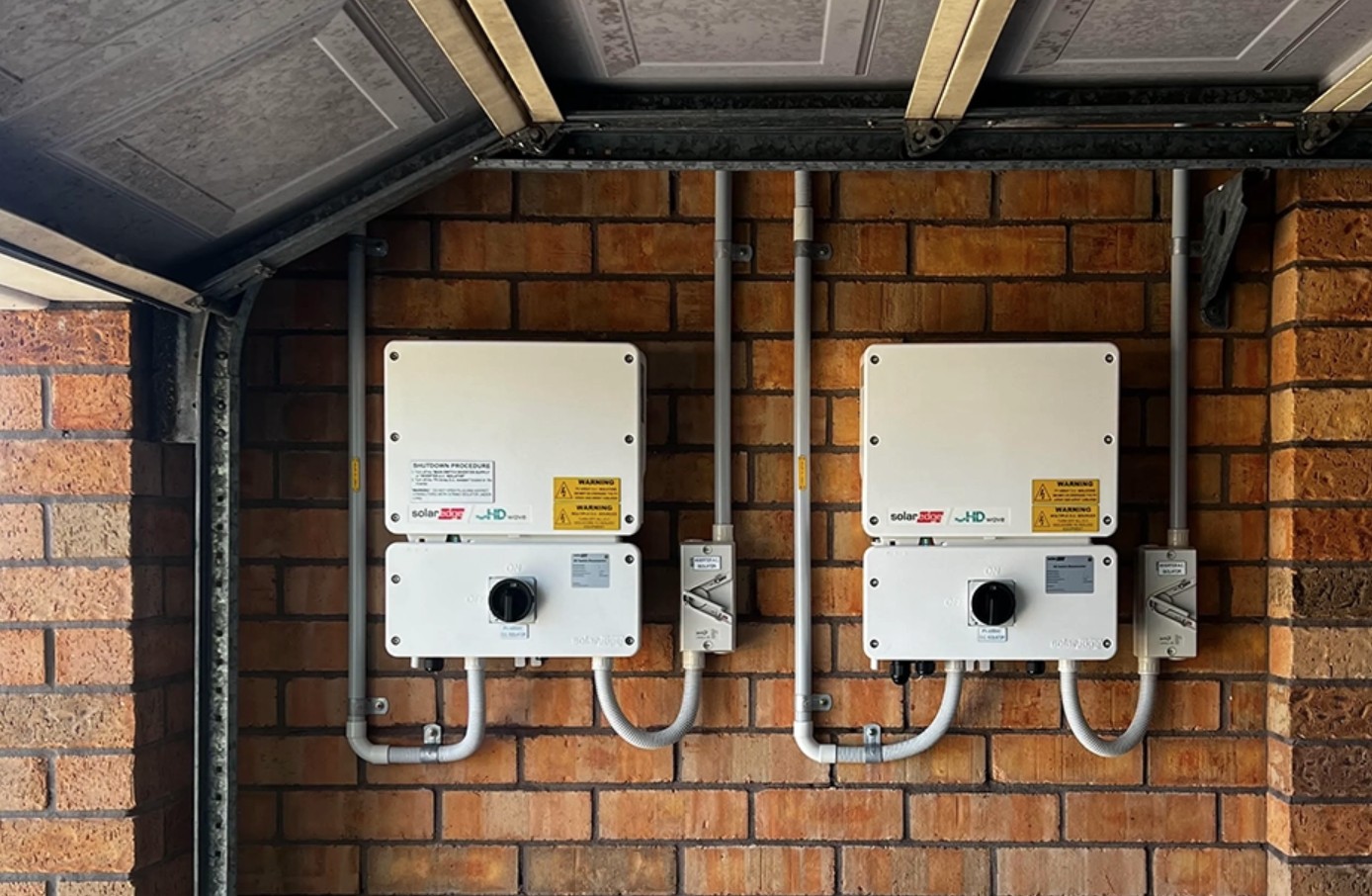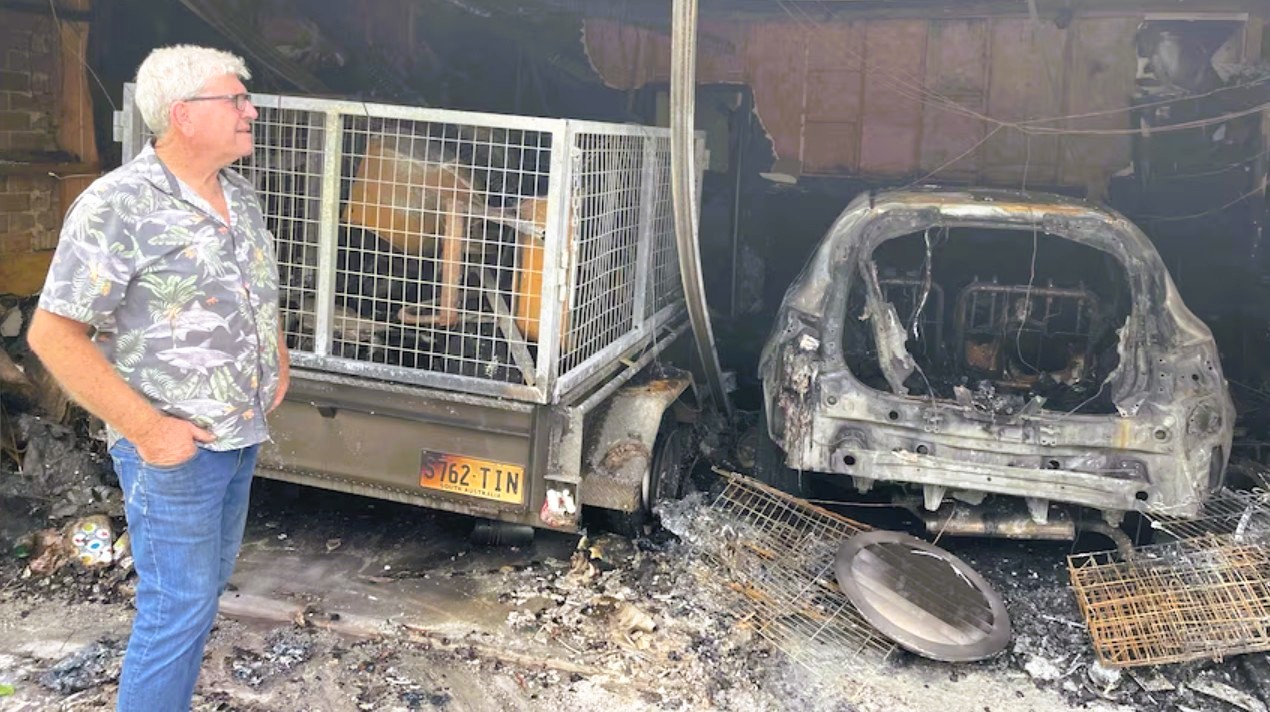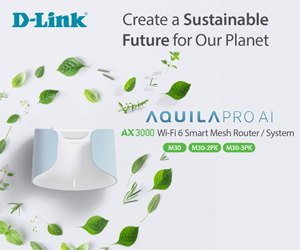Thousands of homes have had dodgy solar battery installs in a move channelling KRUDD’s pink batt disaster. Why? Many are in breach of AS/NZ 5139.
The problem is that these government schemes don’t stop the coyboys, and it may take time for the disasters to happen, well after the dodgy supplier has gone out of business. Non-compliance with the standard means no insurance for a battery fire.
We won’t reproduce AS/NZ 5139 but highlight the more essential parts. If you have a solar battery check, and if it is incorrectly installed, send us a photo.
You cannot install a Battery Energy Storage System (BESS)
- Inside a habitable space (inside the home) our under floors of habital spaces.
- Within ceiling spaces
- On a roof unless there is a permanently installed fixed staircase or access ladder.
- Where damage from external influences may be expected, e.g. from damage by a vehicle turning into a garage or 600mm from the garage door.
- Within 3.5 metres of a home supply LPG gas cylinder.
- Within 1 metre (horizontal and vertical) of a gas meter.
- Within 600mm horizontally and 900mm below a window or vents, including mechanical, electrical or other ventilation openings to habitable rooms.
- Within a passageway, walkway, escape or evacuation routes.
- Underneath or below entrance and exit walkways, staircases, evacuation and escape routes and passageways external and internal to the building.
- Within 600mm of an exit that has an opening of 900mm or less. Openings that are wider than 900mm, e.g. a garage opening, must allow a person to pass more than 1 metre from the nearest part of the BESS.
- Within 600mm horizontally and 900mm vertically of a heat pump, hot water cylinder (gas or electric), air conditioner, motor or control gear, stoves, hotplates (gas or electric) or and stationery appliance as defined by the 500+ page AS/NZS 3000 2024 (e.g. a pool pump, spa, hot tub and any fixed electrical device).
- Set into wall cavities unless it is entirely sealed to the cavity with non-combustible material.
- Any locations prohibited explicitly by the manufacturer, e.g., marine, corrosive or extreme environments, hazardous areas, exposure to lightning, and weather in excess of the IP rating (water and dust), and more.
Now, you would think the electrician who certifies the install would reject the certification, but many are in cahoots with dodgy suppliers who don’t.
Here are some dodgy battery installs that were certified.
These images are stock photos to best illustrate the issue. Readers have been asked to provide photos.







Some other things you also need to know
When a BESS is installed on a wall or placed on the ground within 300mm of a wall that has a habitable room on the other side of the wall, there is an additional requirement to install a non-combustible barrier on the wall behind the BESS to delay the spread of fire. Such materials include: bricks, cement blocks, concrete, compressed cement sheeting at least 6mm thick, ceramic or clay terracotta tiles, preferably fire-retardant sealed. Timber, plasterboard or particleboard is prohibited.
Complaints are starting to flow about Dodgy solar battery installs
Don’t accept phone or email quotes without an installer inspection first
Quotes are often given over the phone or via email that include typical, not location-specific, install costs. While the battery gets a 30% discount, the install costs are an open-ended cheque as you have bought the battery up front.
Rule #1: The installer must visit the site before quoting and give an all-up fixed cost. If they won’t find an installer that will.
Make sure you specify the environment
One reader thought the battery could go on the outside of their weatherboard home beside the Inverter. Only to be told at installation that the battery was IP23 and not suitable for exposure to the weather. No, they could not take it back as the STCs had already been claimed for that battery and address. The cost of a weather and fire-resistant cabinet to meet the code was over $3,000.
And then the Wi-Fi signal would not penetrate the enclosure and required Ethernet cabling costing over $800.
Rule #2: Do not take it for granted that the IP rating is sufficient. Insist on at least IP55 and preferably IP65, 66, 67, or 68 for marine or hazardous environments.
Advice: If your battery and inverter are exposed to the environment, especially direct sunlight, strongly consider a weather and fire-resistant enclosure.


Insist on LiFePO4 batteries
One reader was told that the battery was LiFePO4 (as we insist on), only to be supplied with a cheap Lithium-ion battery. On checking the quote, he did not click through the web-link, which clearly showed Li-Ion and a ‘strong’ suggestion to upgrade to a LiFePO4 battery for longer life, greater battery depth of discharge and greater fire resistance. The battery only had a 60% depth of discharge (80-20%), meaning the DC 10kWh only supplied DC 6kWh and after inversion to AC, less than 5kWh.
Again, the STC claim excuse was used – no refund.
Rule #3: Put your requirements in writing so there can be no comeback. Detail your inverter, placement, include photos of the setup and anything else to tie down the brief.
Check local council zoning, especially for flood and fire
One reader thought it could be ground-mounted, only to find they were in a flood zone and had to install the battery above the maximum recorded flood level of 3 metres (even if it’s one in one hundred years). They also had to have the inverter relocated. This required expensive reconstruction.
Another thought it could go under the house in an old Queenslander on stumps – no.
Rule #4: Check the local council fire and flood zone restrictions.
In the garage – good idea, but well, no
One reader wanted the battery in the garage, only to find that it had to be 600mm from the garage door or any other door. If there is a risk that it could be damaged by parking the car or opening the car door, or storing flammable materials within 2 metres, then steel bollards must be installed. And if that were done, it must not impede the escape route. There was no place he could install it in his garage without breaking some regulations.
Rule #5: Don’t assume it can go where you want it to go. Insist on a pre-quote inspection. Don’t accept the dodgy installers ‘wink is as good as a nod to a blind horse’, because while you may get away with it, lives may be lost.
Inverter quality and compatibility
A few quotes have fine print that assumes the inverter and panels are suitable for a battery. Only for the installer to arrive on site and tell the owners that they need a new inverter and or cabling worth several thousand dollars. It comes down to cheap solar systems using inverters that are 20-30% less than the panels can generate. The battery could not be installed or returned either.
Rule #6: Refer rules #1 and #3
I have the battery, but it is not doing much
One reader added a 10kWh battery to a 6.6kWh top solar system (and that is OK), but she is not generating enough during the day to fill the batteries for night use.
Her problem was that the solar system used a string inverter; some panels were in shadow half the day and were producing only DC 8-10kWh per day. She was using AC 10-20kWh.
Before you add a battery, look at how much you are exporting daily, monthly and for the year. If you cannot export on average at least AC 3.65MWh (10kWh per day), the battery will never fully fill.
For example, our Enphase system is presently 10kWh solar with AC micro inverters (97% AC conversion) and 10kWh DC-AC battery (80% inverter efficient), and we are exporting (so far) AC 2.9 MWh (annualised it will be over 4kWh), so we can easily fill another 5 or 10kWh battery. Our grid dependence was 26% year to date, and adding an extra 5kWh battery should bring that down to 10-15% and 10 kWh to zero (unless it rains 365/24).

You don’t have to join a VPP (virtual power plant) shared battery scheme
Several readers have been told they must join a VPP (more explanation here), where a VPP manages their battery to help provide power when the grid needs it. Well, it is not compulsory; you also need that power when others need it, and the battery supplier is getting a secret commission. Be careful and ignore any paperwork mentioning VPPs.
Is it worth it?
Solar panels should produce enough power for the house during the day – free power. You may have exported some of that excess power. Now the feed-in tariff is <5 cents, and some states are beginning to tax you for feeding in power when the grid does not need it.
No, a battery is solely about matching your generation power with your use and minimising grid import and export.
A battery is just a fuel tank that you fill for free during the day, when or if you produce excess power. In theory, a 10kWh DC battery (after DC-AC inverter loss and assuming LiFePO4 90% depth of discharge) will produce about AC 8kWh.
What do you pay for power? My supplier charges 0.30 cents from 10 PM to 7 AM, 0.35 cents from 7 AM to 2 PM and 0.70 cents from 2 PM to 10 PM.
Assuming I use AC 8kWh from 2 to 10 PM, that is worth $5.60 per day or $2044 per annum. The DC 10kWh battery will cost about $10,000 after the STC discount, so payback is five years.
Of course, the energy supplier stings you a daily supply charge from about $1-3 for the privilege of being connected to the grid, so they cannot lose. This fixed charge is unfair and should relate to how much net grid power you use, just as EV owners don’t pay petrol excise!
But the payback is ‘assuming’ full use of the battery over a year, and the reality is that you can exhaust a 10kWh DC battery in under two hours with an AC 5kWh ducted air conditioner. Or not use all its capacity. On the other hand, the push for net zero has seen 50% power price rises over the past few years, and it’s likely to get far more expensive.
The Bottom line, no matter what battery capacity you install, the theoretical payback period is:
Battery cost divided by value of capacity stored (and used) x 365 days. e.g. $10,000/ (8 hours x .75 cents =$5.60 *365) = 4 years.
The reality is that payback will be at least two to three years longer.
CyberShack’s view. We are not saying all installs are dodgy solar battery installs, but enough are.
While it is true that the ‘squeaky wheel gets the oil’ and these reader experiences are perhaps not the norm, they are enough to show there are snake-oil cowboys ripping the system off just as they do with NDIS and the old PinkBatt scheme.
We would love to hear from anyone who has used the Federal Government’s 30% battery rebate – good or bad.
Further recommended reading
My adventure towards rooftop solar
Rooftop Solar Part 1: Where do I begin?
Rooftop Solar Part 2: All you need to know before you start
Rooftop Solar Part 3: Working as it should
Rooftop solar Part 4: Was it worth it, and valuable lessons learned
Demand tariff: Using too much off-peak power could see the end of cheaper rates.
Rooftop Solar spying on you – fact or fiction
Government battery program and warnings about VPPs (virtual power plants)
Solar battery con – won’t help most Aussies (update)
Cheaper Home Batteries Program – is it worth it?
VPP – Beware of the solar battery trap
VPP Part 2 – maybe not a great idea
Sun tax and rooftop solar feed-in tariffs to reduce again
dodgy solar battery installs, dodgy solar battery installs, dodgy solar battery installs, dodgy solar battery installs, dodgy solar battery installs










4 comments
Bernie Lee
Hi Ray,
Good work with the website and articles. I always find the reviews and articles on cybershack informative, helpful and interesting.
We have signed up to get a complete Solar PV system and SigenStor inverter and battery stack with a reputable local solar company who have been in the solar business since 2002 (just waiting for our install date due to having to get strata approval, thanks for the article on strata). It’s certainly not a cheap install but it’s also not the most expensive quote by comparison. All quotes considered were by companies that specifically asked to come and do a site visit.
It certainly pays to do your due diligence and understand as much as you can before choosing your installer and system.
I’m a qualified Electrical Fitter/Mechanic but don’t have formal training in the solar/battery field apart from having had a previous solar and solar/battery system on our previous properties.
It is sometimes hard to understand all the details even with electrical experience. I, at least can ask questions from peers within the electrical industry but can understand how some people can be misled or not told the whole story when getting quotes.
The property we’re now in didn’t have solar pv but we’ve been lucky enough to be able to install a larger solar and battery system due to the federal government battery rebate. We’ve allowed capacity for future changeover from gas hws to electric and possibly replacing the gas cooktop as well. As a consequence the system should either reduce the electricity bill to either zero or very near until we decide to replace the ice car for an ev.
Solar is a ‘no brainer’ if your property fits the right conditions. Batteries will be needed to complete the renewables vision otherwise too much solar only will become a massive problem. With investment in grid scale storage seemingly stagnating, I think it was high time that battery rebates were on the table for the public. Hopefully it will spur on the lowering of cost of batteries as did the pv rebates for solar so more people can afford to install them. Electricity prices don’t seem to be getting any cheaper in the foreseeable future.
As an aside I wanted to comment on some photos in this article under the subtitle of ‘dodgy installs that were certified’. (Not trying to pick on anyone, just what I could observe).
Photo 1 battery in roof space: I’m not 100% sure but looking at the installed cables and equipment it looks like an install in possibly the UK. The electrical components look like equipment that I’ve used when working over there.
Photo 2 garage photo shows 2 Solaredge inverters which as far as I understand can be mounted within 600mm of the garage door. The battery cannot but this photo doesn’t show a battery.
Photo 3 Tesla batteries bolted to a weatherboard wall doesn’t appear to be an Australian installation. The conduit and associated electrical equipment are like nothing I’ve seen used in Australia. It could possibly be European or North American.
Photo 4 battery done right. Appears ok, without measuring clearances. I’m not sure of the regs on the compulsory signage for pv and battery.
Photo 5 no comment.
Photo 6 within 600mm of window. Does not appear to be an Australian installation, possibly UK or Europe. The caged vent next to the battery looks exactly like the external flue for a gas boiler (badly installed) that I’ve seen in the UK. The Voltsmile battery is not on the CEC approved battery list for Australia.
Photo 7 shows Sungrow inverter next to main switchboard. No battery in photo.
Sorry, just my observations. I hope this helps.
Also thank you for the TCL C8K review, I’ve been waiting for your thoughts on it as I can only see it in brightly lit retailers shop floors on demo settings.
With your positive review this will probably become the replacement for an old Sony 1080p XBR that has partially died after 18 years of service. Hooray, my poor eyes! 4K finally.
Ray Shaw
Hi Bernie
Many thanks for the feedback – that is what the CyberShack community is all about. We requested photos, but invariably, they were not suitable or did not show up. I will make it clear that these are stock photos to illustrate issues. Yes, the C8K is the best miniLED we have seen, and it will be a big seller at the price.
Mick
Once the battery is paid off, do I get credit for my feed in daily?
Ray Shaw
You get a solar feed-in tariff regardless – that amount per kWh depends on your energy supplier. At present that is less than 5 cents a kWh so its now now not the reason to install solar. Usign a bnatery to achieve a higjh degree of grid independence is.